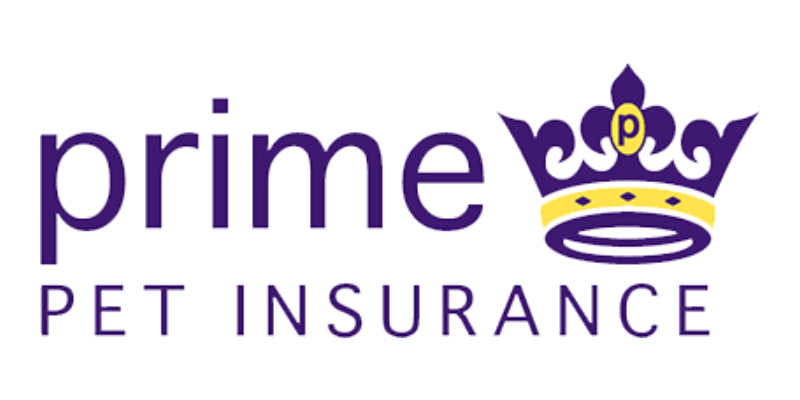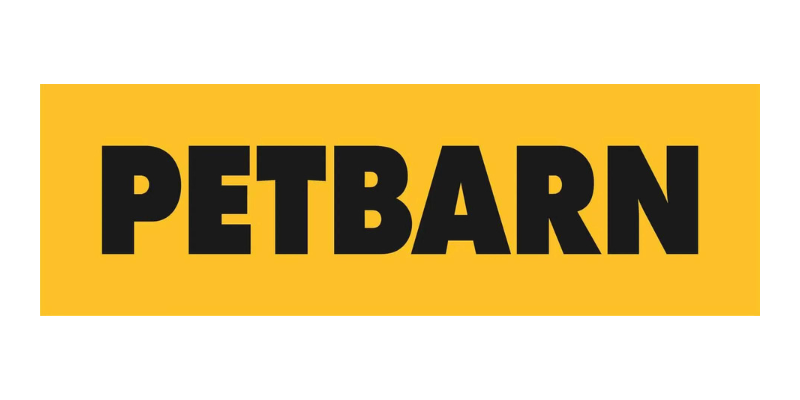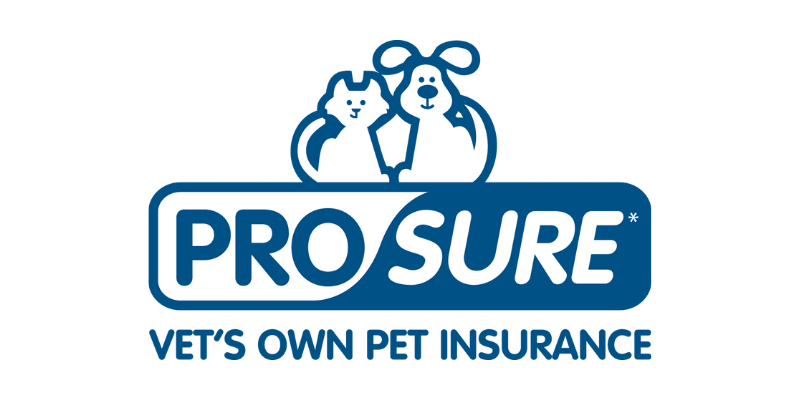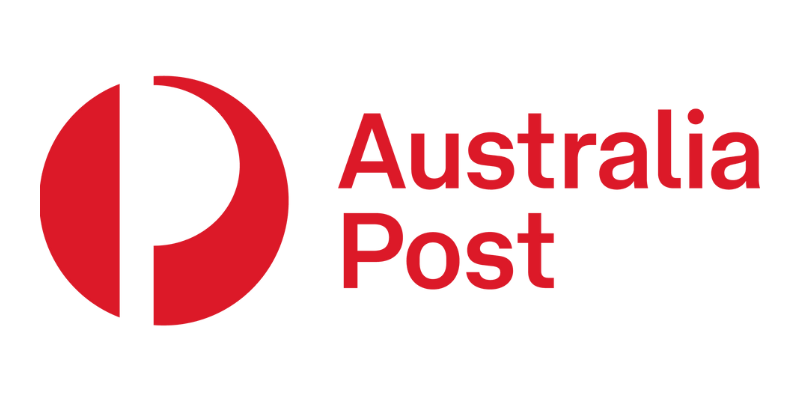Ultimate guide to pet insurance comparison
Pet insurance comparison
We have scanned through more than 20 different pet insurances available in the market and made a table composed of monthly premiums, annual benefits, reimbursement rates, excess amounts, and waiting periods.

This is the text area for this paragraph. To change the text, simply click here and start editing.
What is Comparison Table?
The pet insurances that we presented are tabulated based on these five factors, because these pieces of information are the most important ones when it comes to searching through pet insurances.
Monthly premium
Moneysmart states that the average monthly premium for pet insurance in Australia is $20 to $60. Your actual payment depends on your policy's benefits and your budget. Add-ons offered by some plans can also impact your monthly premium.
Annual benefit limit:
It is the maximum amount you can claim per year. Some pet insurance policies further specify this limit by breaking it down into a per condition limit for clarity. Knowing the amount you can spend on your loved one's health brings peace of mind.
Reimbursement rate:
It’s based on the age of the insured pet. Younger pets typically have higher reimbursement rates, but some providers may reduce the rate once the pet reaches the maximum age limit.
Excess:
It’s what you pay over a claim. Some providers let you choose the excess charges for lower or higher premiums. We selected insurers with $0 excess for simpler comparison.
Waiting periods:
Waiting periods are the time between policy activation and when you can file a claim. Filing a claim before the waiting period ends results in forfeiture. Knose pet insurance has the shortest waiting period, which is advantageous.


What is Comparison Table?
The pet insurances that we presented are tabulated based on these five factors, because these pieces of information are the most important ones when it comes to searching through pet insurances.
Monthly premium
Moneysmart states that the average monthly premium for pet insurance in Australia is $20 to $60. Your actual payment depends on your policy's benefits and your budget. Add-ons offered by some plans can also impact your monthly premium.
Annual benefit limit:
It is the maximum amount you can claim per year. Some pet insurance policies further specify this limit by breaking it down into a per condition limit for clarity. Knowing the amount you can spend on your loved one's health brings peace of mind.
Reimbursement rate:
It’s based on the age of the insured pet. Younger pets typically have higher reimbursement rates, but some providers may reduce the rate once the pet reaches the maximum age limit.
Excess:
It’s what you pay over a claim. Some providers let you choose the excess charges for lower or higher premiums. We selected insurers with $0 excess for simpler comparison.
Waiting periods:
Waiting periods are the time between policy activation and when you can file a claim. Filing a claim before the waiting period ends results in forfeiture. Knose pet insurance has the shortest waiting period, which is advantageous.
Furbaby Pet Insurance comparison table
This table is only a representation for dogs, and may or may not change for the insurance plan for cats.
Medibank has the highest monthly premium at $102.01, but it includes additional benefits. Knose has the shortest waiting period and offers a high reimbursement rate of up to 90%, making it a favorable choice despite its high monthly premium.
Pet insurance
Monthly Premium
Annual benefit limt
Reimbursement rate
Excess amount
Illness waiting period

$82.3
$20,000
85%
$0
30 days

$99.07
$12,000
85%
$0
30 days

$70.74
$11,000
80%
$0
30 days

$82.29
$15,145
80%
$0
30 days

$92.11
$25,000
90%
$0
14 days

$69.47
$12,000
80%
$0
30 days

$70.90
$12,000
80%
$0
30 days

$76.90
$12,000
80%
$0
30 days

$87.93
$14,000
85%
$0
30 days

$73.56
$10,000
80%
$0
30 days

$92.99
$20,000
80%
$0
30 days

$102.01
$15,000
80%
$0
30 days

$78.95
$12,000
80%
$0
30 days

$88.83
$12,145
80%
$0
30 days

$74.11
$20,000
80%
$0
30 days

$75.69
$20,000
80%
$0
30 days

$70.72
$14,500
80%
$0
30 days

$73.56
$10,000
80%
$0
30 days

$62.98
$15,000
80%
$0
30 days

$75.35
$18,000
80%
$0
30 days

Reimbursement rate
85%
Annual benefit limit
$20,000
Illness waiting period
30 days
Monthly premium
$82.3
Excess amount
$0

Reimbursement rate
85%
Annual benefit limit
$12,000
Illness waiting period
30 days
Monthly premium
$99.07
Excess amount
$0

Reimbursement rate
80%
Annual benefit limit
$11,000
Illness waiting period
30 days
Monthly premium
$70.74
Excess amount
$0

Reimbursement rate
80%
Annual benefit limit
$15,145
Illness waiting period
30 days
Monthly premium
$82.29
Excess amount
$0

Reimbursement rate
90%
Annual benefit limit
$25,000
Illness waiting period
14 days
Monthly premium
$92.11
Excess amount
$0

Reimbursement rate
80%
Annual benefit limit
$12,000
Illness waiting period
30 days
Monthly premium
$69.47
Excess amount
$0

Reimbursement rate
85%
Annual benefit limit
$12,000
Illness waiting period
30 days
Monthly premium
$70.90
Excess amount
$0

Reimbursement rate
80%
Annual benefit limit
$12,000
Illness waiting period
30 days
Monthly premium
$76.90
Excess amount
$0

Reimbursement rate
85%
Annual benefit limit
$14,000
Illness waiting period
30 days
Monthly premium
$87.93
Excess amount
$0

Reimbursement rate
80%
Annual benefit limit
$10,000
Illness waiting period
30 days
Monthly premium
$73.56
Excess amount
$0

Reimbursement rate
80%
Annual benefit limit
$20,000
Illness waiting period
30 days
Monthly premium
$92.99
Excess amount
$0

Reimbursement rate
80%
Annual benefit limit
$15,000
Illness waiting period
30 days
Monthly premium
$102.01
Excess amount
$0

Reimbursement rate
80%
Annual benefit limit
$12,000
Illness waiting period
30 days
Monthly premium
$78.95
Excess amount
$0

Reimbursement rate
80%
Annual benefit limit
$12,145
Illness waiting period
30 days
Monthly premium
$88.83
Excess amount
$0

Reimbursement rate
80%
Annual benefit limit
$20,000
Illness waiting period
30 days
Monthly premium
$74.11
Excess amount
$0

Reimbursement rate
80%
Annual benefit limit
$20,000
Illness waiting period
30 days
Monthly premium
$75.69
Excess amount
$0

Reimbursement rate
80%
Annual benefit limit
$14,500
Illness waiting period
30 days
Monthly premium
$70.72
Excess amount
$0

Reimbursement rate
80%
Annual benefit limit
$10,000
Illness waiting period
30 days
Monthly premium
$73.56
Excess amount
$0

Reimbursement rate
80%
Annual benefit limit
$15,000
Illness waiting period
30 days
Monthly premium
$62.98
Excess amount
$0

Reimbursement rate
85%
Annual benefit limit
$18,000
Illness waiting period
30 days
Monthly premium
$75.35
Excess amount
$0
Frequently asked questions
Still have a few things you'd like to clear up about pet insurance? We’re here to help!
-
What is pet insurance comparison?
Pet insurance is a type of insurance that helps cover the cost of veterinary care for your pet. It provides financial protection for unexpected accidents or illnesses, including surgeries, medications, and routine check-ups.
To know more please read our blog
-
Why is pet insurance comparison important?
Pet insurance is not mandatory, but it can be a lifesaver in case of unexpected accidents or illnesses. It can help you avoid costly veterinary bills and ensure that your pet receives the necessary medical care.
-
How do I compare pet insurance policies?
Pet insurance policies can vary, but most policies provide coverage for accidents, illnesses, and hereditary conditions. Some policies may also provide coverage for routine check-ups and preventative care.
-
What factors should I consider when comparing pet insurance policies?
The cost of pet insurance can vary depending on the coverage, deductibles, and co-payments. Older pets and certain breeds may require more expensive policies. It's important to choose a policy that fits your budget, but also provides adequate coverage for your pet.
-
How do I choose the best pet insurance policy for my pet?
Most pet insurance policies do not cover pre-existing conditions. However, some policies may provide coverage after a waiting period.
-
What types of pet insurance coverage are available?
To file a claim, you will need to submit a claim form and the necessary documentation, such as veterinary bills and medical records. Some insurance providers may also offer online claim submission.
-
How do I decide which type of coverage is best for my pet?
The time it takes to get reimbursed can vary depending on the insurance provider and the complexity of the claim. Some insurance providers may offer fast claims processing and direct deposit reimbursement
-
What are waiting periods and pre-existing conditions?
Most pet insurance policies allow you to use any licensed veterinarian. However, some policies may require you to use a network of preferred providers.
-
What are deductibles and copayments?
The waiting period is the time between when you purchase the policy and when the coverage begins. Most policies have a waiting period of a few days to a few weeks.
-
Are there any discounts or promotions available for pet insurance?
Most policies have an annual payout limit, but there is no limit on how many times you can claim for a condition. It's important to read the policy documents carefully and understand the exclusions and limitations of the policy.
What You Need to Know!
The Ultimate Guide to Pet Insurance Comparison
Pet insurance comparison involves evaluating and contrasting different policies and providers to find the best option for your pet's health needs and budget. Factors to consider include coverage options, deductibles, premiums, co-pays, waiting periods, pre-existing conditions, exclusions, and provider reputation. By comparing quotes, coverage options, and reading reviews, you can make an informed decision to protect your pet's health and well-being.
Pet insurance comparison involves evaluating different policies to choose the best one for your pet. It includes comparing coverage, benefits, deductibles, premiums, and terms. It helps find a policy that suits your budget and covers your pet's needs.
Why pet insurance comparison is important
Accidental only
This is the cheapest policy and includes treatment for specific injuries like a broken leg. There is also no maximum age limit, and almost no waiting time from the approval of your membership until you get to use the plan.
Time-limited
It provide coverage for a set period, usually 12 months, and have a maximum payout limit per condition. Once the policy expires or the limit is reached, the condition will no longer be covered. These are usually cheaper than lifetime policies but provide less coverage.
Maximum benefit
It provide coverage up to a set amount for each condition. Once the limit is reached, the condition will no longer be covered. These policies are more expensive than time-limited policies but provide more coverage.
Lifetime
It provides continuous coverage for your pet's entire life, as long as you continue to pay the premiums. They usually have an annual payout limit, but no limit on how many times you can claim for a condition. It’s the most expensive option but with the most coverage.

Important factors when comparing pet insurance policies
Coverage:
Look for a policy that offers comprehensive coverage for accidents, illnesses, and hereditary conditions.
Exclusions:
Read the fine print carefully to understand what is excluded from coverage, such as pre-existing conditions or certain breeds.
Deductibles:
Consider the deductible amount, which is the amount you pay out of pocket before the insurance coverage kicks in.
Reimbursement percentage:
Look for a policy that offers a high reimbursement percentage to help cover the cost of veterinary bills.
Premiums:
Compare the monthly or annual premiums of each policy to find one that fits your budget.
Customer service:
Look for a company with good customer service that is responsive to your questions and concerns.
Different types of coverage
Accident-only coverage:
This type of coverage only covers your pet in the event of an accident. It typically includes things like broken bones, cuts, and other injuries that occur due to accidents.
Illness-only coverage:
This type of coverage provides protection for your pet against illnesses such as cancer, diabetes, and other medical conditions. It does not cover accidents, however.
Accident and illness coverage:
This is the most comprehensive type of pet insurance coverage, providing protection for both accidents and illnesses. It typically includes everything covered under accident-only and illness-only coverage.
Wellness coverage:
This type of coverage is not as common, but it provides coverage for routine care such as vaccinations, check-ups, and other preventive care measures. It's worth noting that wellness coverage is often sold as an add-on to an accident and illness policy.
Different types of coverage
Accident-only coverage:
This type of coverage only covers your pet in the event of an accident. It typically includes things like broken bones, cuts, and other injuries that occur due to accidents.
Illness-only coverage:
This type of coverage provides protection for your pet against illnesses such as cancer, diabetes, and other medical conditions. It does not cover accidents, however.
Accident and illness coverage:
This is the most comprehensive type of pet insurance coverage, providing protection for both accidents and illnesses. It typically includes everything covered under accident-only and illness-only coverage.
Wellness coverage:
This type of coverage is not as common, but it provides coverage for routine care such as vaccinations, check-ups, and other preventive care measures. It's worth noting that wellness coverage is often sold as an add-on to an accident and illness policy.

Take these steps to ensure you make an informed decision
1
Identify your pet's needs
Pets have varying insurance needs based on their age and health conditions. Older pets may require more coverage, while younger pets may need more coverage for accidents.
2
Compare coverage options
Prioritize plans that cover your pet's specific needs like preventative care, emergencies, and chronic conditions. Carefully read the policy to understand the coverage details.
3
Compare deductibles & premiums
Consider how much you can afford to pay out of pocket for your pet's care and compare different plans' deductibles and premiums.
4
Check for exclusions
Make sure to read the policy's exclusions carefully. Some plans may not cover pre-existing conditions or certain breeds.
5
Research the insurer
Check the insurer's reputation and ratings to ensure they have a history of providing good customer service and paying out claims in a timely manner.
6
Get multiple quotes
Don't just settle for the first plan you find. Get quotes from several insurers and compare them side by side to find the best value for your money.
Contact us
Lorem ipsum dolor sit amet, consectetur adipiscing elit, sed do eiusmod tempor incididunt ut labore et dolore magna aliqua.
Contact Us
We will get back to you as soon as possible.
Please try again later.
Subscribe to our newsletter to get the latest on news, updates and much more.
Contact Us
We will get back to you as soon as possible.
Please try again later.
Explore
Home
About us
Animals
Reviews
Quote services
Discover
Pet insurance companies
Pet insurance providers
Compare pet insurance
Choose best policy
Contacts
1 Tudor Street Newcastle West 2302
info@furbabyinsurance.com.au
+61-3-9000-0710
All Rights Reserved | Furbaby Insurance
Contact us
Have questions or need help finding the best pet insurance? Our team is here to assist you. Get in touch today, and we'll guide you through comparing the top pet insurance options for your furry family members
Contact Us
We will get back to you as soon as possible.
Please try again later.
Subscribe to our newsletter to get the latest on news, updates and much more.
Contact Us
We will get back to you as soon as possible.
Please try again later.
Explore
Home
About us
Animals
Reviews
Quote services
Discover
Pet insurance companies
Pet insurance providers
Compare pet insurance
Choose best policy
Contacts
1 Tudor Street Newcastle West 2302
info@furbabyinsurance.com.au
+61-3-9000-0710
All Rights Reserved | Furbaby Insurance


